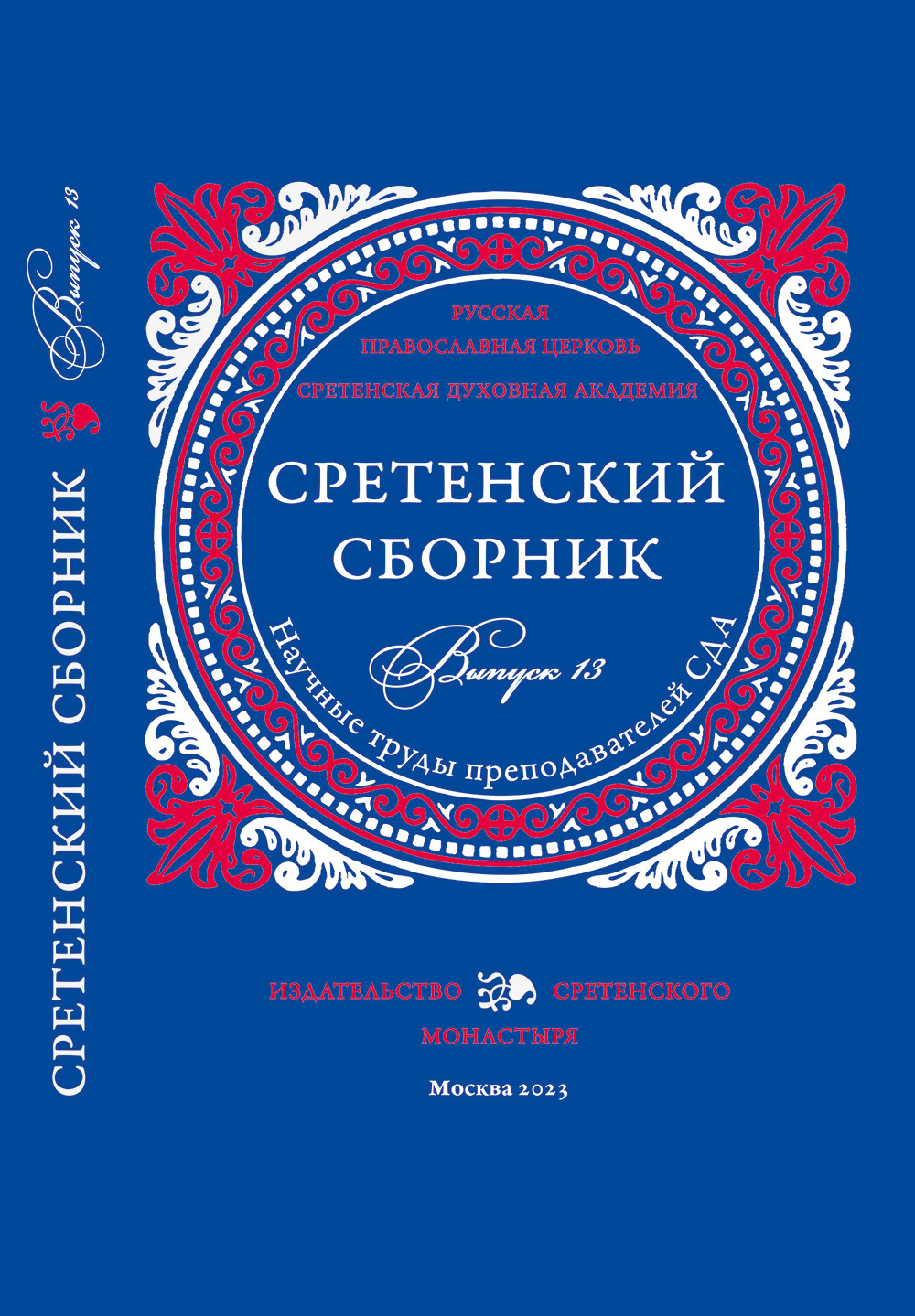Early Christian martyr St. Agnes of Rome and her veneration in Anglo-Saxon England
Keywords:
St. Agnes of Rome, lives of saints, hagiography, Old English Christian literature, Alfric Grammaticus, biblical allusionsAbstract
Th is article is the fi rst in Russian science to analyze (in literary and linguist ic terms) the Old English life of the Holy Virgin Agnes of Rome, written by Alfric Grammaticus (c. 950–1020), a famous writer of the Benedict ine Renaissance in England. Th e origins of the veneration of St. Agnes in the ancient Church, including in England, are indicated. Th e text of her Old English life is compared with the text of the Old English martyrology, which briefl y reports on the feat of the virgin martyr (late 3rd — early 4th century), who preserved her virginity and faith in Christ . Th e artist ic features of Alfric’s work are revealed, which increase his edifying and aest hetic impact on the reader. Its vivid narrative feature is the dialogues of Agnes with her tormentors, in which the young girl defends her loyalty to Christ as her Heavenly Bridegroom. Th anks to these dialogues, the hagiographic narrative comes closer to other, original works of Old English literature (esp ecially poetry), charact erized by a heroic-epic mood. Th e language of Alfric — the Wessex dialect of the late 10th — early 11th centuries, on the basis of which the literary norm began to form — is simple and unsophist icated, since it is designed for the widest audience; its rhythm is close to the rhythm of Old English alliterative poetry, which the writer partly imitates through the use of alliterative collocations. Nevertheless, in some places one can notice allusions to the biblical text, and the metaphor and imagery of the Old English hagiography is close to its Latin versions, including the works of St. Ambrose of Milan. Th e philological analysis of the text is accompanied by the author’s translation of the Life of St. Agnes from Old English, which represents the fi rst experience of its transmission in Russian.








